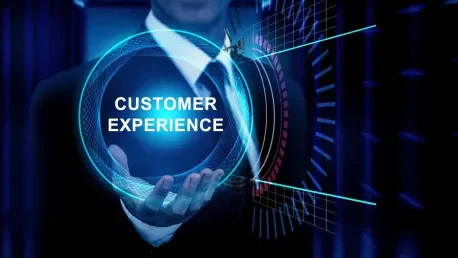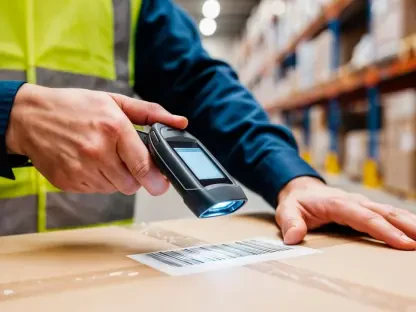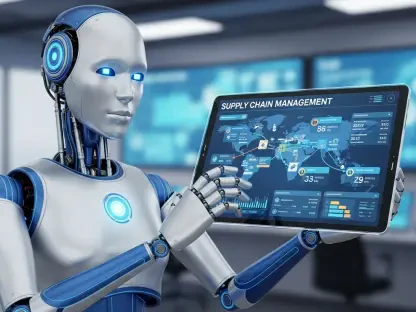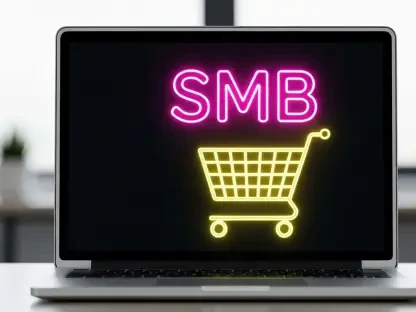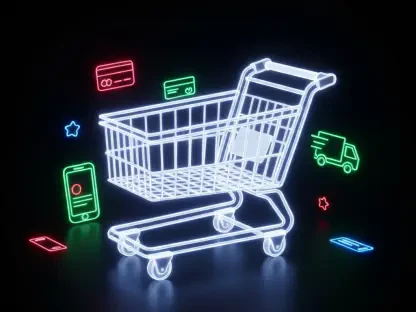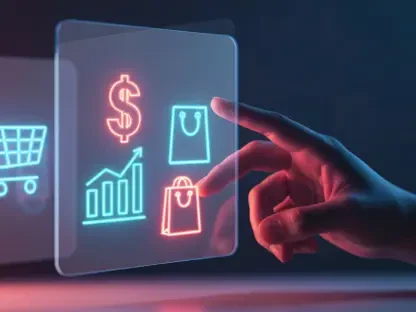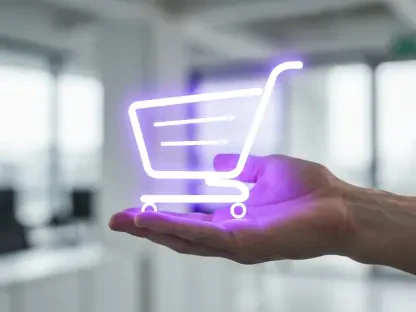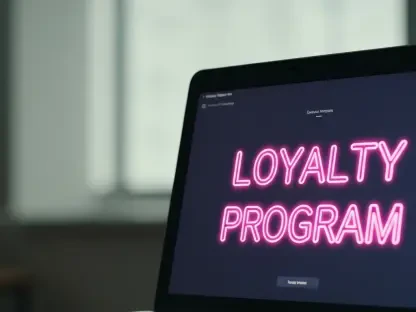Welcome to an insightful conversation with Zainab Hussain, a seasoned e-commerce strategist and retail expert with a deep understanding of customer engagement and operations management. With years of experience helping CPG brands navigate evolving consumer landscapes, Zainab offers a unique perspective on what’s next for the industry. In this interview, we dive into the transformative trends shaping consumer expectations by 2026, exploring how brands can build unbreakable loyalty through experiences, transparency, personalization, and wellness. Join us as we unpack actionable strategies and real-world examples to prepare for the future of CPG.
How do you see consumer expectations for CPG brands evolving by 2026, and what’s driving these changes?
By 2026, consumers will demand much more than just a product on the shelf. They’re looking for brands to deliver value through experiences, trust, and a sense of individuality. This shift is driven by a few key factors: technology is enabling hyper-personalized interactions, social awareness is pushing for transparency on things like sourcing and ethics, and there’s a growing desire for emotional connection in everyday purchases. Compared to today, where product quality and price often dominate, the future will hinge on how a brand makes a consumer feel and whether it aligns with their values. It’s a move from transactional to relational buying.
What does it mean for a CPG brand to focus on selling experiences, trust, personalization, and wellness instead of just products?
It means rethinking the entire consumer journey. For instance, selling an experience could be about turning a morning coffee into a cherished ritual, not just a caffeine hit. Trust comes from being upfront about where ingredients come from or how products are made. Personalization is about making each customer feel seen—think tailored recommendations or customized packaging. Wellness ties into offering products that support health or sustainability, resonating with a consumer’s lifestyle. It’s about creating a deeper connection where the product is just one part of a larger story a brand tells.
Why do you think experiences are becoming more important than products for consumers by 2026?
Experiences are harder to replicate than products. Anyone can copy a formula or a design, but a memorable moment or emotional bond sticks with a consumer. As we move toward 2026, people are increasingly seeking meaning in their purchases due to digital overload and a desire for authenticity. They want to feel something—whether it’s joy, nostalgia, or a sense of belonging. Brands that craft these experiences will stand out in a crowded market where products alone are no longer enough to build loyalty.
How can a CPG brand create a memorable or emotionally meaningful experience for its customers?
It starts with understanding the deeper reasons behind why consumers choose your product. For example, if you’re selling a skincare item, it’s not just about clean skin—it’s about confidence or self-care. Brands can create experiences by designing rituals around usage, like a specific way to apply a product, or by fostering community through shared values. Even simple touches, like personalized packaging or storytelling about the product’s origins, can evoke emotion. It’s about turning a mundane purchase into a moment that matters.
Transparency is often called a ‘trust multiplier.’ How should CPG brands approach communication to build this trust by 2026?
Transparency means being open about the things consumers care about most—whether it’s how products are made, where materials come from, or the impact on the environment. By 2026, brands need to move beyond vague marketing claims and provide clear, accessible information. This could be through detailed labels, online trackers for sourcing, or regular updates on sustainability goals. The key is authenticity; consumers can spot when transparency is just a PR stunt. It’s about showing the good and being honest about areas for improvement.
What kind of information do you think consumers will prioritize when it comes to transparency?
I think it’ll vary by category, but generally, consumers will want to know about ethical sourcing—like fair labor practices or animal welfare—and environmental impact, such as carbon footprints or packaging recyclability. In food and beverage, ingredient origins and nutritional clarity will be huge. By 2026, with tech like QR codes and apps, consumers will expect real-time data at their fingertips. They’ll prioritize what aligns with their personal values, so brands need to know their audience well to focus on the right details.
With personalization becoming a necessity, how can CPG brands use technology to meet individual consumer needs at scale?
Technology, especially AI, is a game-changer here. Brands can analyze data on purchase history, preferences, and even usage patterns to offer tailored solutions. Think of subscription services that adjust based on how often you use a product or digital platforms suggesting flavors based on past choices. By 2026, this will be table stakes—consumers will expect brands to know them. The challenge is balancing personalization with privacy; brands must be clear about data use to maintain trust while delivering that individual touch.
Sustainability and wellness are reshaping CPG. How can brands combine these elements to appeal to future consumers?
It’s about integrating sustainability and wellness into the core of what a brand offers, not just as an add-on. For example, using eco-friendly packaging while also promoting health benefits—like plant-based ingredients or functional foods—can hit both marks. By 2026, consumers will expect brands to reduce environmental impact while supporting personal well-being. Storytelling is key here; brands should share how their choices benefit both the planet and the consumer, making it a win-win that feels genuine and impactful.
What advice do you have for our readers who are looking to prepare their CPG brands for the 2026 consumer landscape?
My advice is to start with a deep dive into your consumers’ true needs and values—don’t just guess or follow trends blindly. Build strategies around creating experiences, being transparent, personalizing interactions, and prioritizing sustainability and wellness. Use data and technology to stay agile, but always ground your decisions in authenticity. The brands that will thrive in 2026 are those that build real relationships with their customers, not just transactions. Start small if you need to, but start now—because the future is coming fast.
